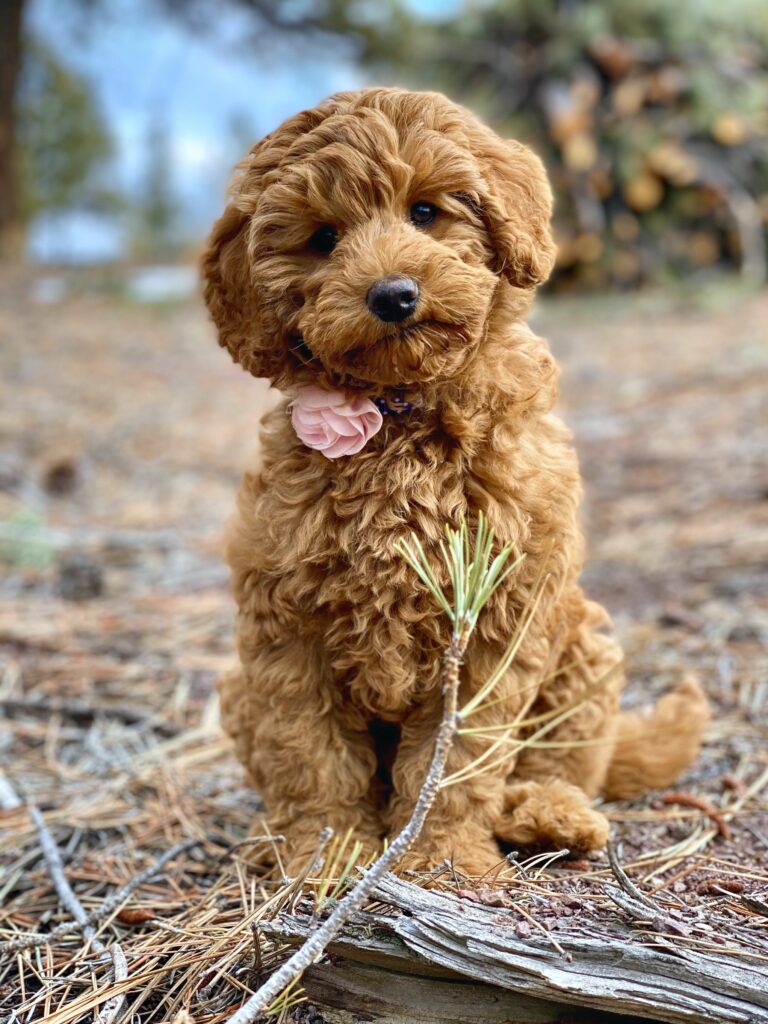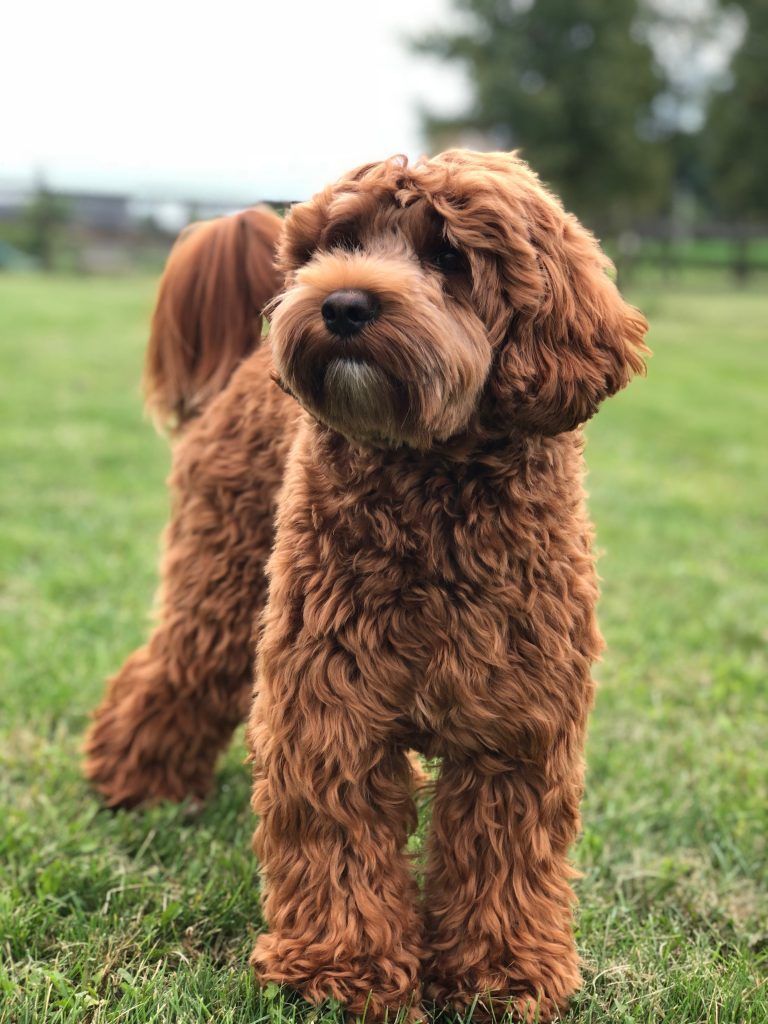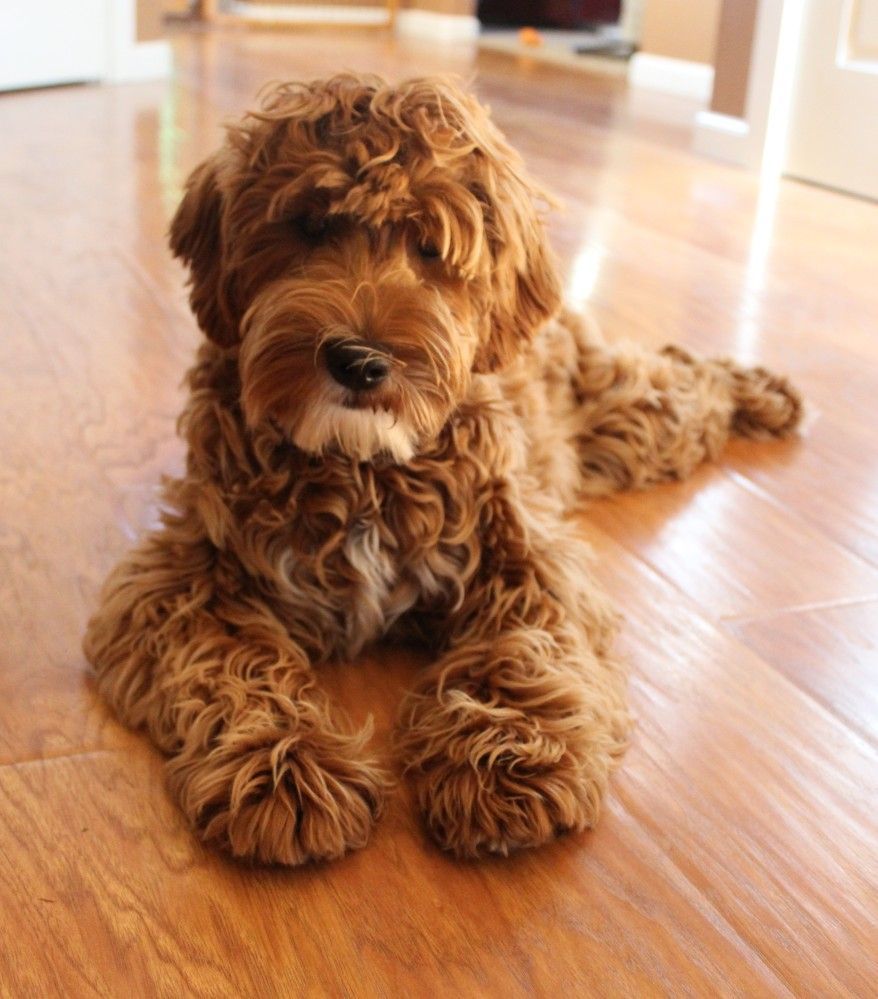Australian Labradoodle : It is not surprising that the Labradoodle or Australian Labradoodle has gained such popularity so quickly. Originally designed to be hypoallergenic guide dogs, the first planned crosses of Poodles and Labradors were organized by the Royal Guide Dogs Association of Australia.
The result was an intelligent and sociable dog who not only possessed a suitable nature for guide dogs but also a short-haired coat. Although the hybrid does not yet achieve consistent results when it comes to coat or temperament, they are very popular and affectionate dogs.
In this article I share with you 10 facts to know before buying an Australian Labradoodle dog, with a collection of photos of this miniature labradoodle !
Table of contents
Puppies: 10 Facts to Know Before Buying an Australian Labradoodle (Photos)
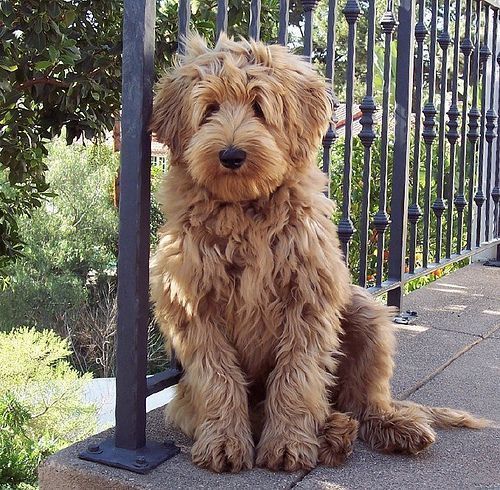
In France, there is a good chance that you have encountered a Australian Labradoodle (also called australian labradoodle) lately. These long-haired Labrador Retriever Poodle hybrids are very common in local dog parks, where people look everywhere like live teddy bears, especially Labrador puppies.
A Labradoodle is a cross between the Labrador Retriever and the Standard, Miniature, or Toy Poodle, also known as the Labrador Poodle Mix. The Standard Labradoodle is a medium to large sized dog, measuring around 22-24 inches and weighing 6-45 Kg. The lifespan of this cross is around 12-16 years.
This breed is not known to be aggressive and is becoming the family pet of choice.
So what is behind all the love of these magnificent creatures?
1. Difference between Australian Labradoodles and other Labradoodles
If you take a Labrador and cross it with a Poodle, the resulting puppies are usually referred to as the first generation (or F1) Labrador. If you take a first-generation (F1) Labrador and cross it with another first-generation (F1) Labrador, the resulting puppies are second-generation (F2) Labradors.
Take a second generation (F2) Labradoodle and cross it with another second generation (F2) [or higher] Labradoodle and the resulting puppies will be third generation (F3) Labradoodles.
So you get the gist… you just add a generation to the parent of the lowest generation to determine the generation of the puppies… but that's not all… it is very important to note that there are four common terms used to designate the Labradoodles of which we have just spoken.
It is
- Labradoodle Origin
- Labradoodle of the first generation
- American Labradoodle
- English / British Labradoodle
All of these terms can be used interchangeably and refer to any dog from the Labrador and Poodle bloodlines only. For the purposes of this study, we will use “First Generation Labradoodle” to refer to these dogs.
Now we are going to introduce you to the Australian Labrador, which is very different and distinct from the other Labradors we have talked about so far. The pedigree of Australian Labradorians is not limited to the lines of Labrador and Poodle.
The Australian Labradoodles actually have six parent breeds, to know :
- Labrador
- Caniche
- Curly Coat Retriever
- Irish Water Spaniel
- English cocker spaniel
- American cocker spaniel
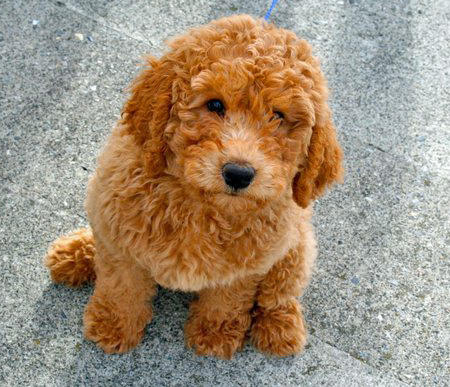
Difference between Australian Labradoodles and other Labradoodles 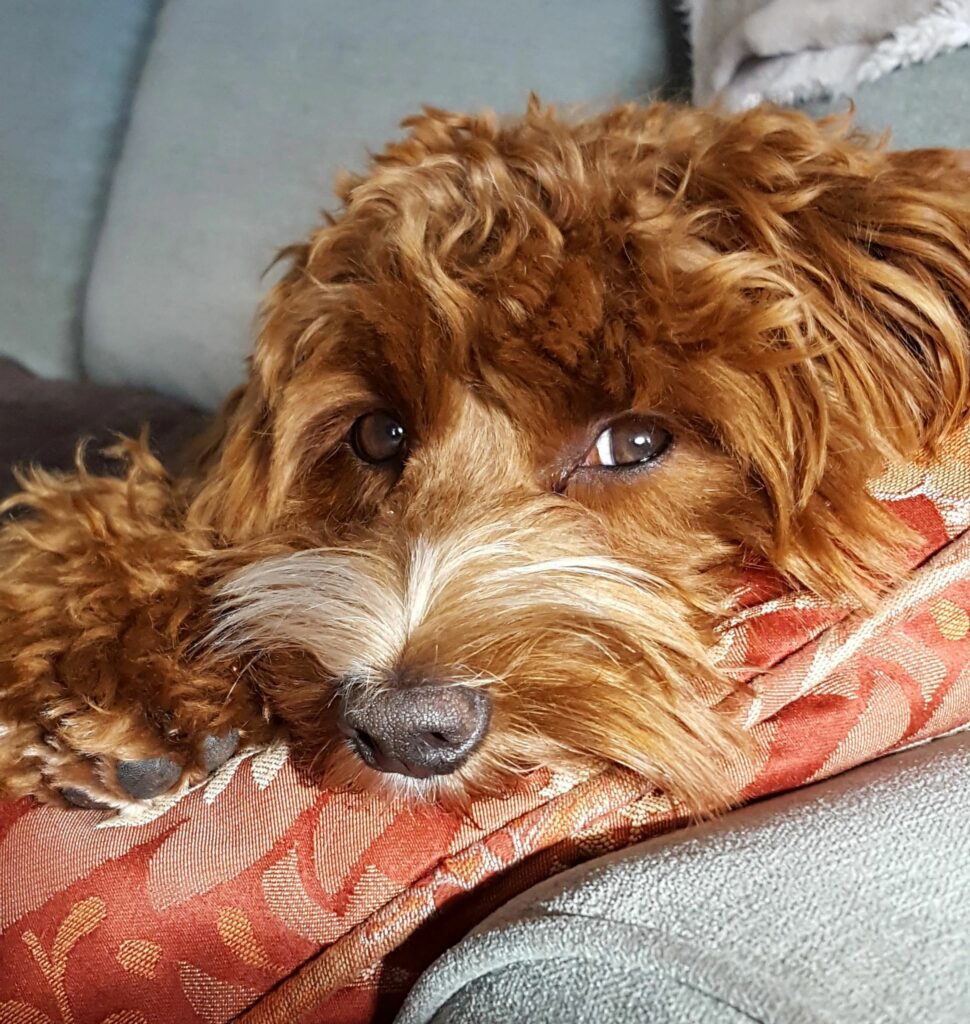
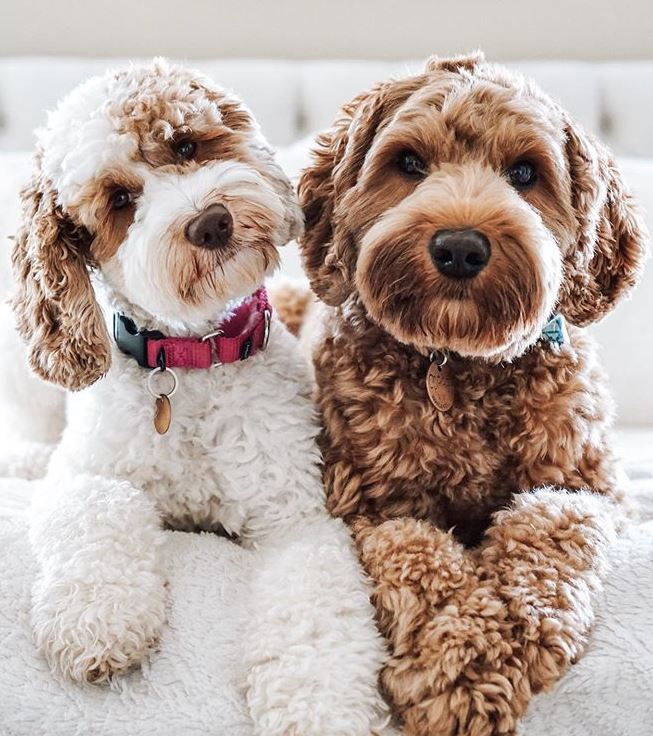
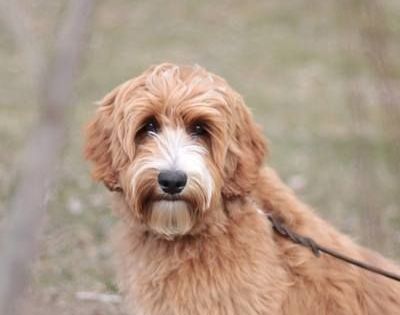
2. They come in different sizes
Australian Labradoodles are not purebred dogs, but rather crossbreed dogs. This is why their appearance and size vary more than, for example, that of an ancient breed like the border collie or the cocker spaniel.
In the case of Labradors, it all depends on the parent breeds or, in any case, the size of the poodle used in the first generation of crossbreeds. This is because poodles come in three sizes: Miniature, Medium and Standard.
A standard Labradoodle can weigh up to 29 Kg, while a medium can weigh between 30 and 45 Kg and a mini Labradoodle only 6 to 11 Kg. A miniature poodle is pretty darn tiny, so it only makes sense to him. .
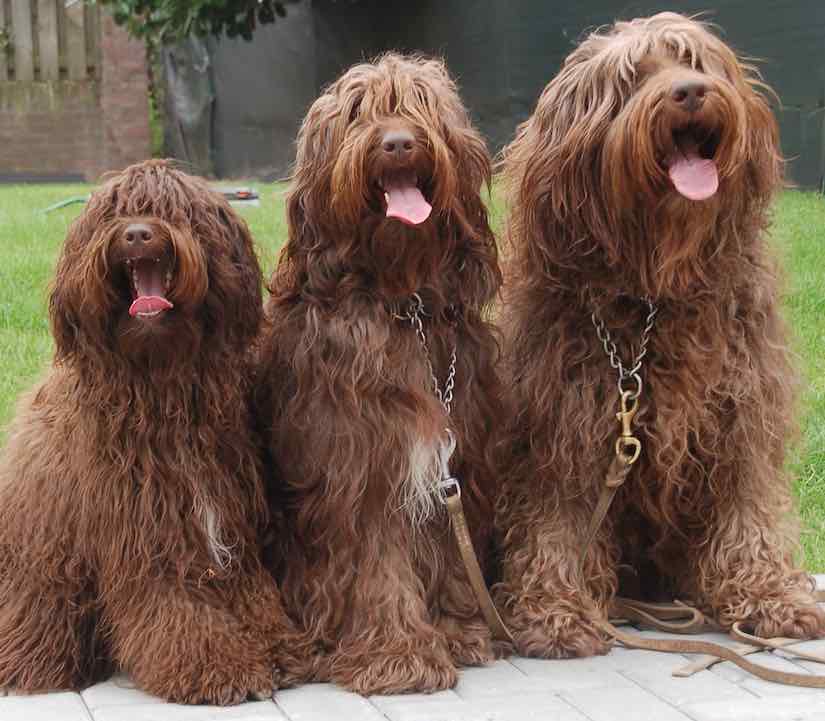
Australian Labradoodles: They come in different sizes 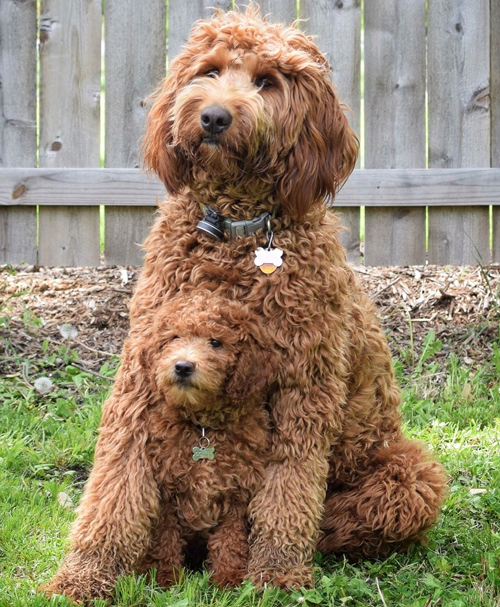


3. The Australian Labradoodle is fun to train!
With Poodles and Labradors both known for their intelligence, it's no surprise that Labradoodle dogs are very easy to train. They are eager to learn, and training helps keep their mischievous side at bay.
After all, you don't want your pet to bond with all the dogs and weird people with unbridled enthusiasm. Probably.
4. They are of all colors
Labradoodles come in a variety of colors, from cream to chocolate, apricot, red, black, silver or a mix of hues.
Their fur can also vary, with some having wavy coats (the most popular style) and others having curly, wiry, or straight hair.
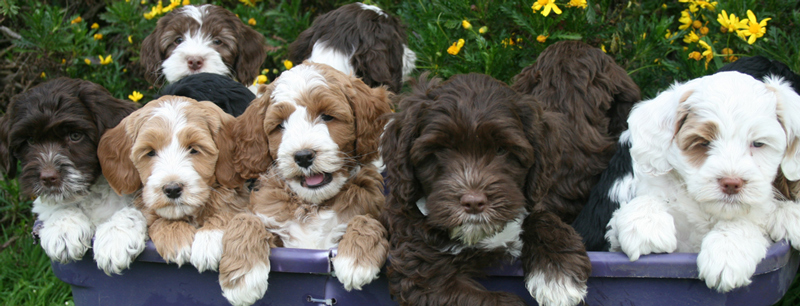
labradoodles are available in a variety of colors 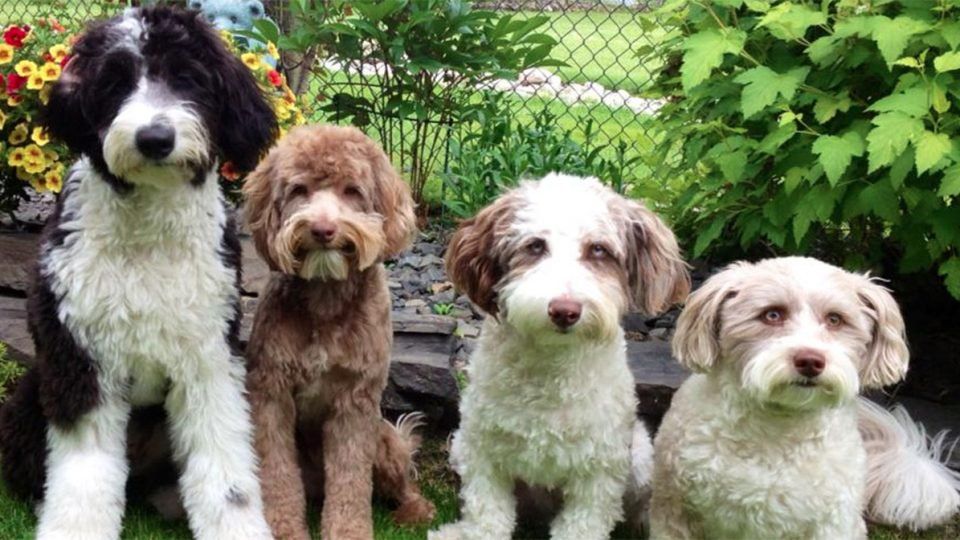
labradoodles are available in a variety of colors 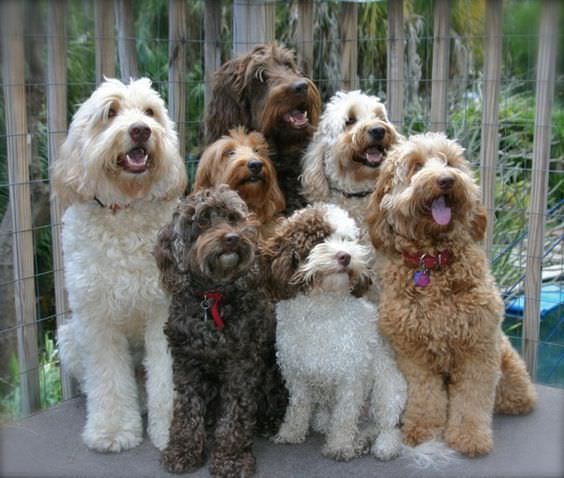
labradoodles are available in a variety of colors 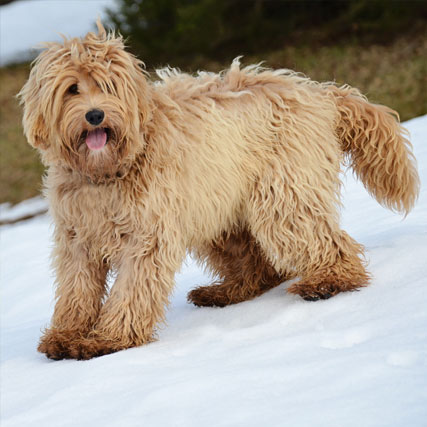
labradoodles are available in a variety of colors
5. Your new favorite training partner
With all these athletic labrador and intelligent poodle genes, the labradoodle dog is not the type to sit idle!
It is imperative to make them do 30 to 60 minutes of exercise per day, otherwise you can expect destructive behavior. Watch out for those leather moccasins!
Due to their size and energetic personality, it is recommended that you leave enough space for the mini labradoodle for it to blow off steam. This means that small apartments and long hours spent in a checkout do not benefit this boosted hybrid.
Take your mini labradoodle out for a jog or let it splash around in your pool if you have one. Houses with fenced in yards are ideal for your dog to have free time to run and frolic freely.
Add to that some early socialization to help curb bad habits and control over-exuberance when you meet kids or other dogs.
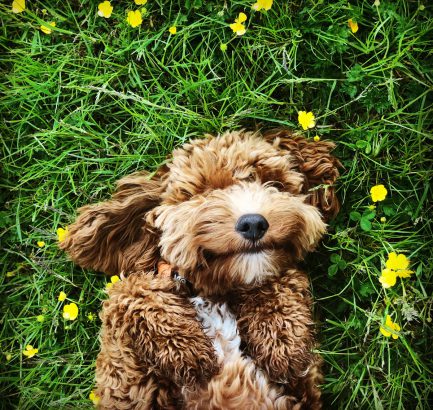
labradoodle dog: Your new favorite training partner 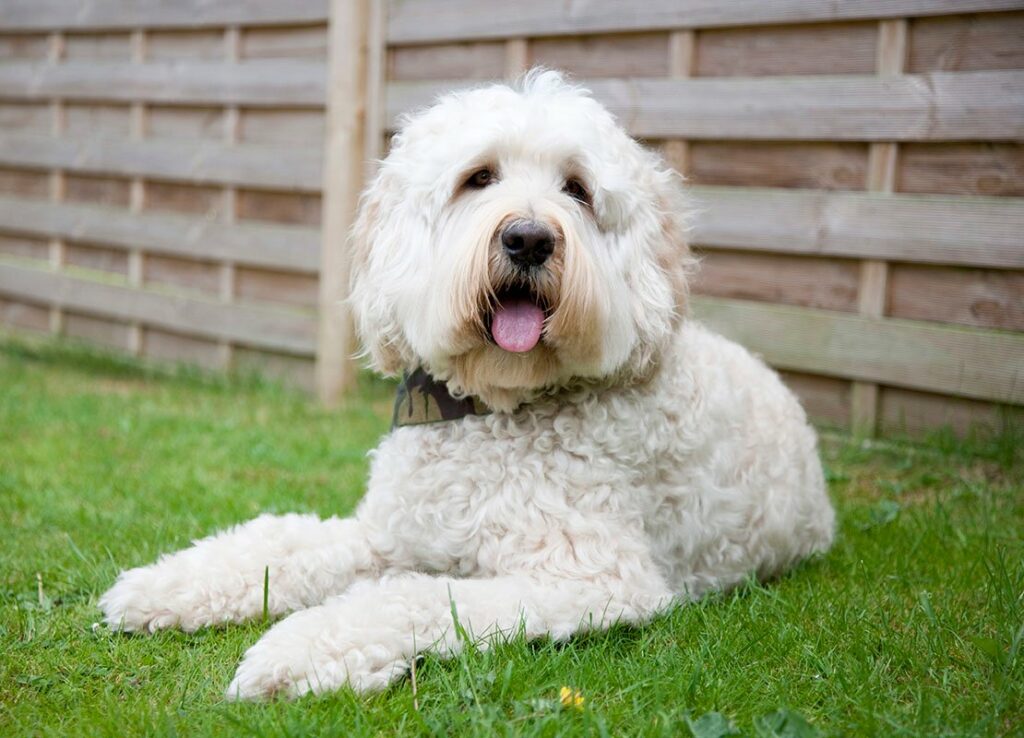
6. The Australian Labradoodle has a long lifespan of 12 to 16 years.
The Labradoodle dog is generally a healthy breed, but remember that every breed, pure or cross, has its share of health concerns to be aware of:
- Ear infections: Floppy ears can trap dirt and moisture, leading to painful infections.
- Hip dysplasia: abnormal formation of the hip bone which can lead to arthritis and lameness.
- Elbow dysplasia: These are abnormalities that cause degeneration of the elbow joint.
- Epilepsy: Attacks of epilepsy for which the cause is unknown.
- Diabetes Mellitus: Disease in which the body suffers from a lack of insulin.
- Progressive Retinal Atrophy (PRA): A degeneration of the retina that causes vision loss and blindness.
- Hypothyroidism: Occurs when the immune system attacks the thyroid.
As mentioned, the coat of the Labradoodle can vary. The thickness and length will determine the type of grooming needed. A shorter coat won't require a lot of maintenance, just brush it twice a week. Longer coats will need to be trimmed every six weeks.
7. They don't shed their hair, but they do need to be brushed.
While there is no such thing as a truly hypoallergenic dog, Labrados do come close. Most of them have a poodle-inspired coat, a tight coat that doesn't really shed hair. Like they shed less hair than most other breeds, they are easier to remove in case of allergies and on your furniture.
From apricot to cream to sable, these labradoodle coats are the stuff of dreams. But they are not all the same! The coat types of Australian Labradoodles range from stiff coats and loose curls, to a woolen coat or a woolly coat resembling that of a lamb.
No matter what type of coat your dog has, it is guaranteed that he will need a lot of brushing and occasional trimming to stay fresh. It's a good thing brushing is a fun experience for both of you.
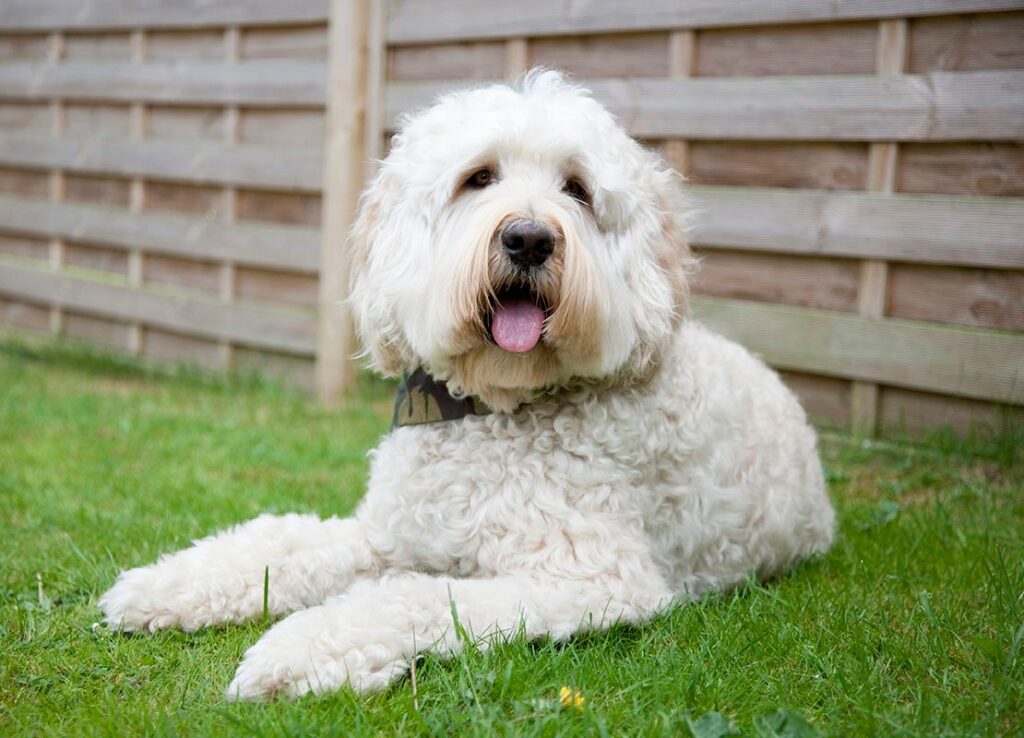
They don't shed their hair, but they do need to be brushed 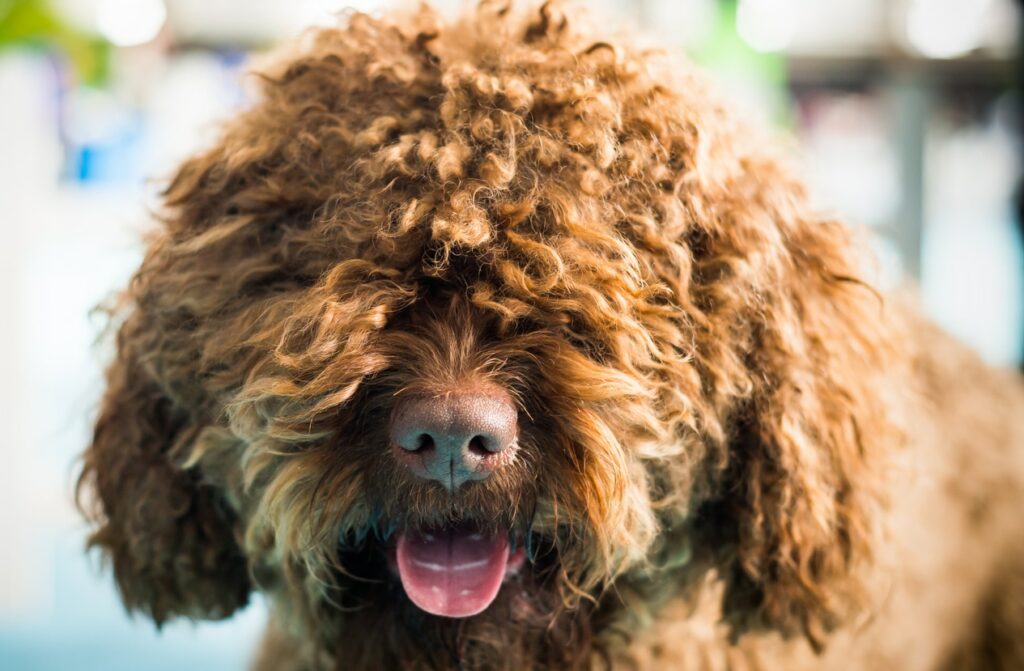
They don't shed their hair, but they do need to be brushed 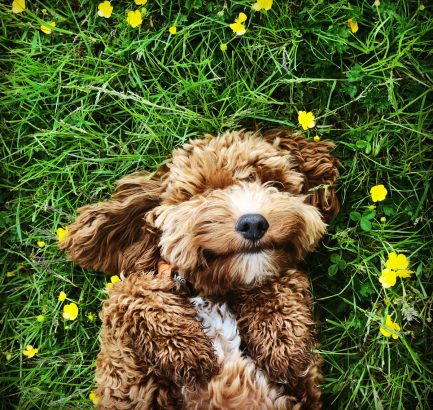
They don't shed their hair, but they do need to be brushed 
They don't shed their hair, but they do need to be brushed
8. Beware when buying an Australian Labradoodle
If you've decided that you can't live without the adorable Labradoodle, then get ready to enter the realm of breeders and puppy mills.
First, a Labradoodle from a reputable breeder will cost between € 1250 to € 2000.
Then the growing popularity led to an infection of the puppy mills that arise like nasty sores. This should be avoided at all costs.
“But, this Labradoodle puppy from this online pet store looks healthy and costs $ 500,” you say.
This cute, Google-derived image of a perfect Labradoodle puppy is most likely from a factory where conditions are appalling, the puppy's health status is unknown, and where the parents (whoever they are) have been. raised to exhaustion. Therefore, the price is lower.
Do a thorough research with your breeder and visit the places where the puppies come from. Ask the breeder about the parents' history and request a medical certificate.
Here are some addresses to buy an Australian Labradoodle in France:
- Labradoodle-occitanie.fr
- Loire labradoodles
- labra-doodle.fr
- Woefkesranch.be

Beware when buying an Australian Labradoodle 
Beware when buying an Australian Labradoodle
9. Australian Labradoodle are not guard dogs.
Friendly, dedicated and playful, puppy labradoodles are excellent pets, but they are not very good for protection! That's because this cheerful, typically easy-going dog breed was bred not to be aggressive.
Of course, this varies from dog to dog and depends on the temperament of their parents as well as their training and early social experiences.
Early socialization helps your mini labradoodle puppy learn to behave well with other dogs, people, and in new environments. Hello, busy streets, dog parks and visits to Grandma's!
10. They make wonderful therapy dogs.
This warm, loving and loyal labradoodle puppy personality makes them ideal therapy dogs for people with autism, physical disabilities, depression, and a number of other issues.
Read also : What is the Poyet Method?
Labrados are also excellent guide dogs for the blind, the very profession for which they were originally bred.
Don't forget to share the article!






